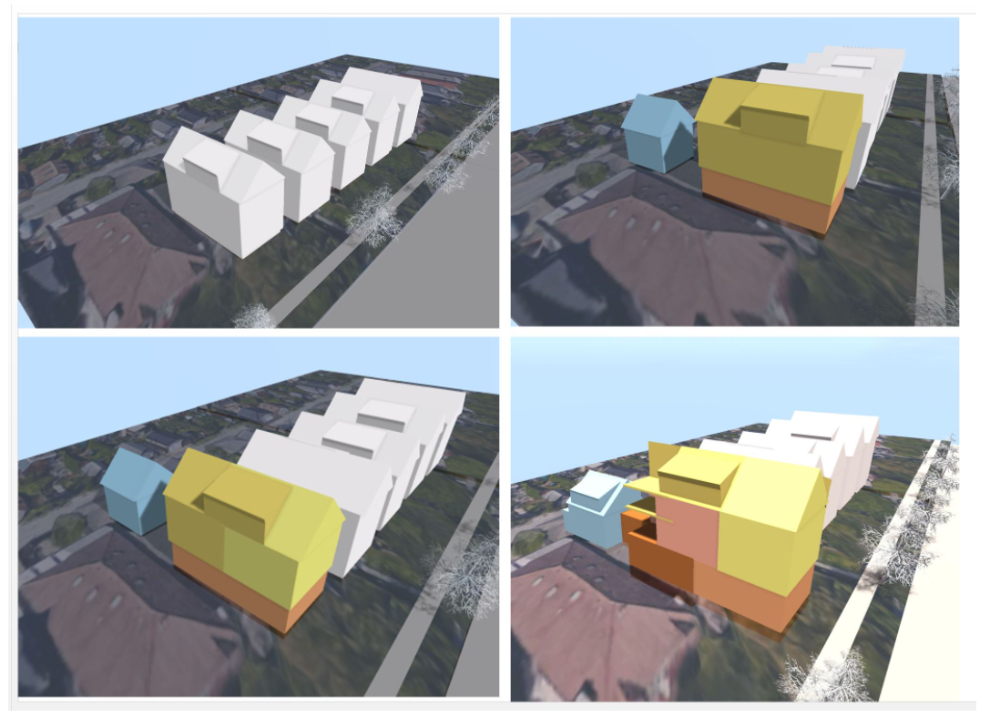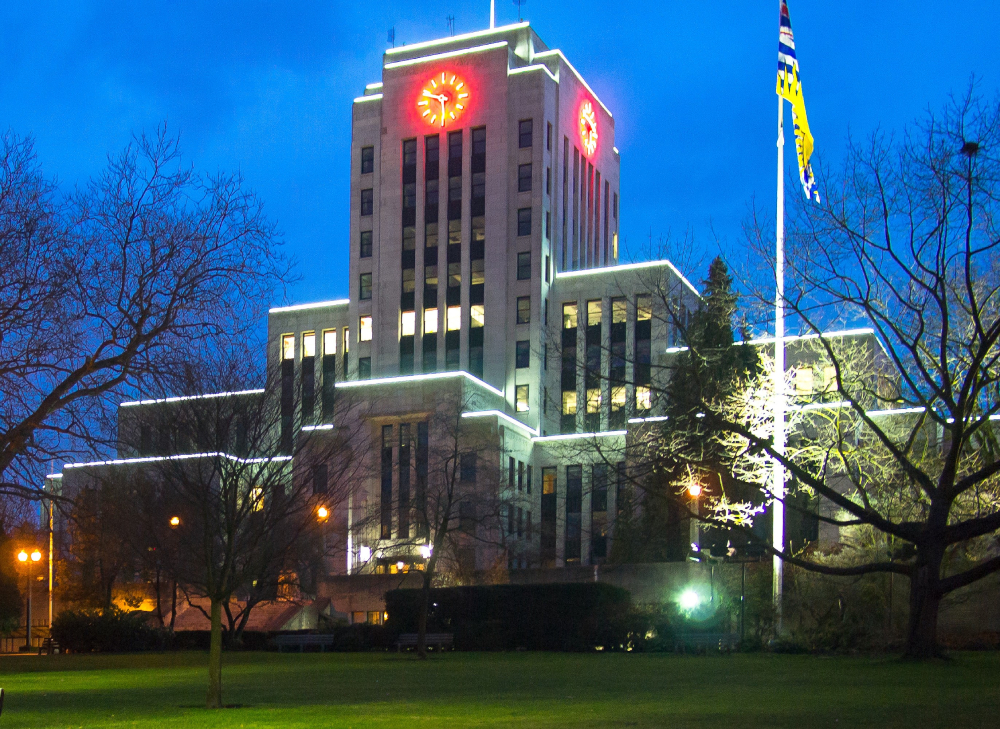Vancouver’s last municipal election was waged largely on dealing with out of control home prices. That mandate created a sense the city might move beyond tinkering and become a laboratory for truly innovative approaches that could put a real dent in the problem.
Last Wednesday, in my opinion, council finally made good on its chance to boldly experiment amidst our housing crisis.
Members voted overwhelmingly in favour of a motion called Making HOME: Housing for All of Us tabled by Mayor Kennedy Stewart.
This motion, intended as a pilot program to create 2,000 medium density housing projects on small lots throughout the city, is described as a strategy to make housing affordable in Vancouver’s leafy low density neighbourhoods, (largely those in the southern half of the city).
As someone who has regularly urged our politicians to use tools at their disposal to undercut land speculators who drive up housing costs, I find much to like in this proposal.
I have some serious questions to pose as well.
A fast history of shortfalls
First a bit of history dating back to 1995, when that era’s council passed the original CityPlan (not to be confused with the current City Wide Plan). CityPlan was a large-scale effort to plan how the city should grow and how it could be affordable for a wide range of demographics. Already, a quarter century ago, the gap between wages and housing costs was alarming.
In the intervening decades after many attempts to bring down prices through increasing housing supply, things have become significantly worse. Councils came and went and various initiatives were tabled, attempted and revised — from Sam Sullivan’s Eco Density, to Vision Vancouver’s Housing Reset.
That brings us up to 2020 and the pandemic year when, despite predictions to the contrary, housing prices in Vancouver (measured on a basis per square feet of interior space) increased, absurdly, by another 20 per cent.
Clearly it was time for new experiments in the laboratory.
It was against this background that Coun. Lisa Dominato tabled, in July of 2020, her “Enabling Creative and Easily Replicated ‘Missing Middle’ Housing Pilots.” Her intention was to open up so-called “single family zones” to higher density projects. I say so-called single-family because maximum density per such lots already is four units not one.
Dominato’s motion raised hackles among the public, because it was vague about how large new buildings might be.
When Dominato’s motion came up on the council agenda in September, Mayor Stewart offered a substantial amendment that, importantly, added specificity, by calling for the pilot to allow for four to six units (including strata title ownership), without onsite parking, on any lot in areas zoned for single family type dwellings citywide.
Taken together the new motion resembled what some other North American municipalities are trying in their own responses to the housing crisis, notably Portland, Oregon.
However, early on, the various texts describing what now came to be known as the “Mayor Stewart’s Making Home” proposal did not state to what extent this new housing would be affordable and by what mechanisms affordability would be guaranteed. Criticism that this would do nothing more than inflate land prices merely adding profits for land speculators and leading to denser but still unaffordable housing were raised — and I was one who did so.
Such concerns were reinforced when, this year we saw the results of a 2018 bylaw change by council designed to encourage duplexes where single homes existed. We now know sale prices for each duplex can exceed the purchase price for the single family home it replaced.
So it seemed Vancouver’s housing policy laboratory was in danger of producing a lot of trial and error leading to dispiriting results.
The positive shift
But between last summer and last Wednesday something interesting and potentially game changing took place.
The mayor and council seemed to realize that policies that merely increase supply were not alone going to have the desired effect.
The proposal passed Wednesday not only will boost supply but it also recognizes that when land is rezoned for more density, its value rises — very steeply and to no one’s benefit but land speculators if they pounce to capture the “land lift” that new zoning provides.
First a look at how the proposal could lead to significantly more supply:

But beyond up-zoning for more density, Wednesday’s approved proposal, as adopted, reflects an aggressive attempt to capture that new land value for public gain — streaming it away from the pockets of land speculators into social benefit for Vancouver residents.
Here is how: In order to be authorized for six units, the proponent will have to agree to pay what amounts to “land lift fee.” This fee would be set at a rate intended to capture most of the new land value that would otherwise enrich speculators — and unfairly lift assessed values of surrounding properties.
The trick, as described by proponents at the meeting, is to set the land lift fee at a price that is low enough to induce development of the six units but not so low as to inflate land values.
This strategy admittedly is not new. It has been used in the city for decades, but until now only on larger projects. The city has used an alphabet soup of fees (CAC, DCL, DCE) that are designed to capture the lion’s share of land lift for use to fund civic needs such as affordable housing, parks, community centres, sewer lines, etc.
What is new is applying these same fees for small lot development to hold down land price inflation and provide funds for public purpose.
Let me give you some idea of how much money we are talking about. Each additional square foot of new interior space the city authorizes above base zoning is worth almost $500. Currently in areas zoned single family, on a standard 4,000 square foot lot you are allowed to build about 2,800 square feet. That works out to a land value of $1.4 million. We see empty lots selling for that and more in Vancouver. If you suddenly double that allowed density, the new value created with that stroke of the pen may generate an additional $1 million or more in new land value.
Whatever the final amount is, it is a lot of money. The motion calls for a “pilot” program of 2,000 projects. At $1 million of new value from each lot, and if the lion’s share of that new value was captured by this proposed land lift fee, that could supply up to $2 billion for social benefit! That is nobody’s idea of chump change.
Some outstanding questions
However, the proposal as passed left many questions unanswered. The most important one: what will this money be used for?
During the meeting Coun. Jean Swanson offered a set of amendments. These amendments essentially set affordability goals for staff follow-through. One was to insure any renter displaced got one of the units at the same price as before. Another one, probably the most important of them, set a goal that each project would produce funding for three units, either on site or off site, that were affordable to those making $50,000 to $80,000. These changes directed the mayor’s motion strongly in the direction of housing equity and passed overwhelmingly, signalling council’s broad consensus on this important goal.
If staff is able to organize the necessary permitting and fee distribution machinery to make all this work it would be revolutionary.
But I can’t end without replaying what my mom used to tell me: “There’s many a slip ‘tween cup and the lip,” she would caution. There is every reason to believe that powerful interests would not be happy that land price gains were captured by city residents and not filling their already overstuffed pockets. Other programs with similar intentions in other parts of North America designed to use proceeds from one project to provide housing “off-site” have failed more often than not to match their promise.
The opportunity for the non-profit sector and the co-op sector to be the mainstays for this initiative was not mentioned and it should have been.
Incompatible design can create understandable community pushback. Competing demands for city funds can draw proceeds away from much-needed housing.
It will be crucial for city staff to be deeply creative in how they suggest these financial and design flows can be managed. Hopefully this council and the new one to be seated in October will have their backs.
One final and important point. Recently B.C.’s Minister of Housing David Eby complained that local councils were too cowardly in the face of voter opposition to approve bold housing measures, and that the province would be stepping in to take corrective action. This revolutionary action by the council proves that at least in Vancouver, that’s not true.
In the end the vote by council was very broadly in support of this dramatic collaborative council plan. Indeed, only 10 citizens spoke, most in support, and most providing gentle suggestions that council make the social intention of this motion more emphatic: provide affordable housing in all our neighbourhoods for city wage earners, they said.
The consensus expressed and the lack of widespread opposition also gives the lie to presumptions that residents will always oppose housing change. In this case it is clear that residents will not oppose change if benefits flow not to land speculators but to those who need housing, many of whom are their own sons and daughters. ![]()
Read more: Housing, Municipal Politics
















Tyee Commenting Guidelines
Comments that violate guidelines risk being deleted, and violations may result in a temporary or permanent user ban. Maintain the spirit of good conversation to stay in the discussion.
*Please note The Tyee is not a forum for spreading misinformation about COVID-19, denying its existence or minimizing its risk to public health.
Do:
Do not: